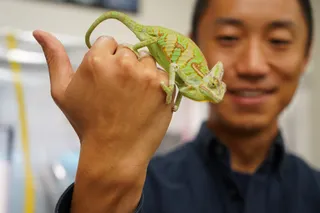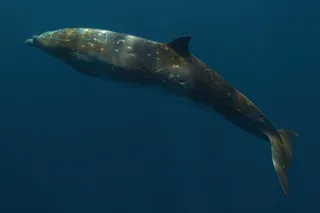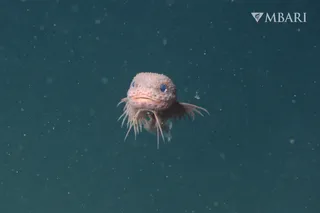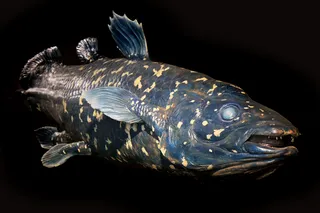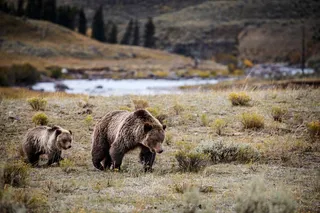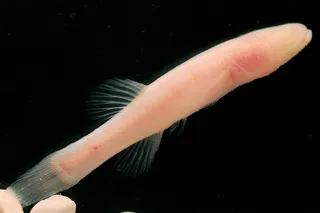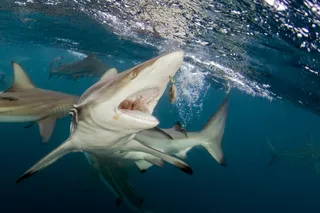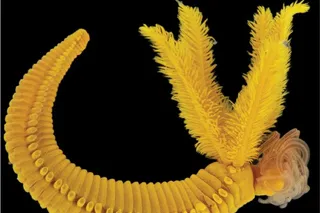Nephila jurassica, with a 5mm scale bar
What's the News: Researchers have unearthed the largest fossilized spider yet, announced in a study
online today in Biology Letters. The fossil, a Jurassic Period ancestor of the modern orb-weaver spider, gives scientists a glimpse not only into the evolutionary history of orb-weaver spiders, but how these ancient arachnids might have impacted the evolution of insect species that could be snared in the webs. How the Heck:
The fossil, found preserved in volcanic ash in the Daohugou fossil beds in northeastern China, dates back 165 million years. The researchers dubbed the species Nephila jurassica.
At about an inch long, the spider's body isn't unusually large, but its leg span, at nearly six inches, is the largest seen in a fossil spider.
This spider was female, suggesting the size disparity seen in modern orb-weaver spiders---with females dwarfing the males---may have begun at least 165 ...


